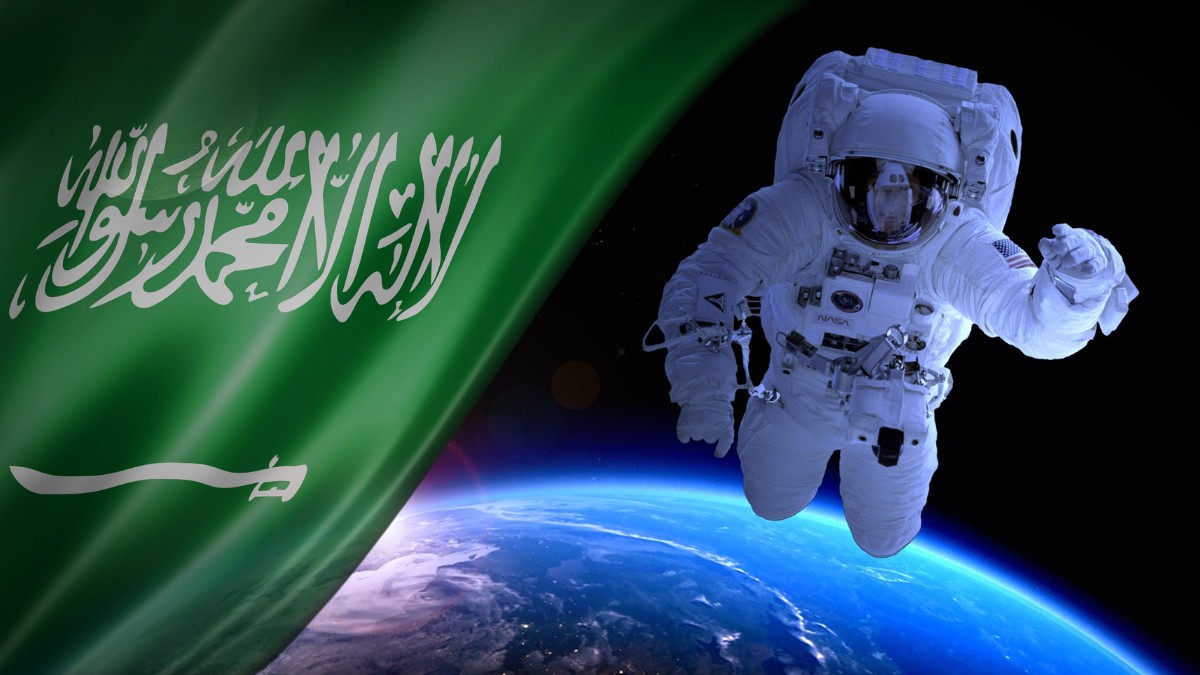In this article, we’ll delve into the unprecedented journey of Saudi Arabia’s first astronauts in decades, who took to the skies on a multimillion-dollar mission.
In a historic leap for the nation, Rayyanah Barnawi, a stem cell researcher, became the first Saudi woman to journey into the cosmos.
The voyage, sponsored by the Saudi Arabian government and SpaceX, demonstrates a new era in space exploration and tourism.
Key Takeaways:
- Rayyanah Barnawi becomes the first Saudi woman to travel into space.
- Alongside Barnawi, Ali al-Qarni, a Royal Saudi Air Force fighter pilot, also takes part in the mission.
- The voyage marks the first time Saudis have been to space since 1985.
- The mission was organized by Houston-based Axiom Space, with plans for future private flights.
- NASA, once reserved about space tourism, now actively supports it with two private missions scheduled per year.
A New Era in Space Exploration: Saudi Arabia’s First Female Astronaut Takes Off
Sunday was marked by an extraordinary sight in the Florida sky.
The rocket engine’s fiery glow cut through the darkness, illuminating the path for Saudi Arabia’s first astronauts in decades.
The key highlight of the day was Rayyanah Barnawi, a distinguished stem cell researcher.
Rayyanah etched her name in the annals of history as she became the first Saudi Arabian woman to voyage into the vast expanse of the cosmos.
Not just for Saudi Arabia, but for the entire world, this momentous occasion is a definitive step forward.
It signifies the dawn of a new era where space exploration is not restricted to a specific gender or nationality.
Unfolding the Journey: The Multi-million Dollar Mission
With a thunderous roar, the SpaceX Falcon 9 rocket blazed into the sky from the Kennedy Space Center, marking the start of an audacious multimillion-dollar adventure.
This mission was orchestrated by Houston-based Axiom Space, a trailblazer in the emerging space tourism industry.
Ali al-Qarni, a valiant fighter pilot from the Royal Saudi Air Force, accompanied Barnawi in this epic voyage.
They were joined by an American sports car racing team owner, John Shoffner, and their chaperone, Peggy Whitson, a former NASA astronaut who holds the U.S. record for most time spent in space.
The flight was under the experienced command of a retired NASA astronaut, who steered the team towards their destination—the International Space Station.
The four adventurers are scheduled to spend a little over a week in space, returning home with a splashdown off the Florida coast.
Barnawi and Al-Qarni became the first Saudis to fly into space since 1985, adding a new chapter to the kingdom’s history.
The Future of Private Flights: Axiom Space and Beyond
This daring voyage is a testament to the evolution of space travel, transcending the bounds of government-funded missions. It is the second space tourism mission facilitated by Axiom Space.
Their vision doesn’t stop here; the company has plans to make even bolder strides in the coming years.
In the pipeline is an ambitious proposal to add private modules to the International Space Station.
Eventually, these modules are planned to detach, forming a freestanding outpost in space available for rental.
While the exact price tag for this venture remains undisclosed, previous estimates by the company cite a ballpark figure of $55 million per ticket.
Though a hefty sum, it points towards an intriguing future where space travel is within the reach of private citizens and not just astronauts.
NASA’s Stance on Space Tourism: A Major Shift
Once reluctant to open the doors of space tourism, NASA has transformed its approach. Now, it not only supports but embraces it wholeheartedly.
They have chalked out plans for two private missions a year, a shift in perspective that has made this mission possible.
With a sense of exhilaration, the space station program manager, Joel Montalbano, stated, “Our job is to expand what we do in low-Earth orbit across the globe.”
This new outlook from NASA is in line with the agency’s commitment to fostering international cooperation and promoting a global interest in space exploration.
Conclusion
The successful SpaceX mission marks a significant milestone not only for Saudi Arabia but for the future of space exploration as a whole.
In this pioneering venture, barriers were broken and a new path was carved for future astronauts and space tourists alike.
This story underscores the reality that space is becoming more accessible for nations around the globe, fostering a shared sense of discovery and a united vision for the exploration of our cosmos.
It truly is an exciting era in the world of space exploration, with the sky no longer the limit but rather the starting point for new and extraordinary voyages.
 Sections of this topic
Sections of this topic
















